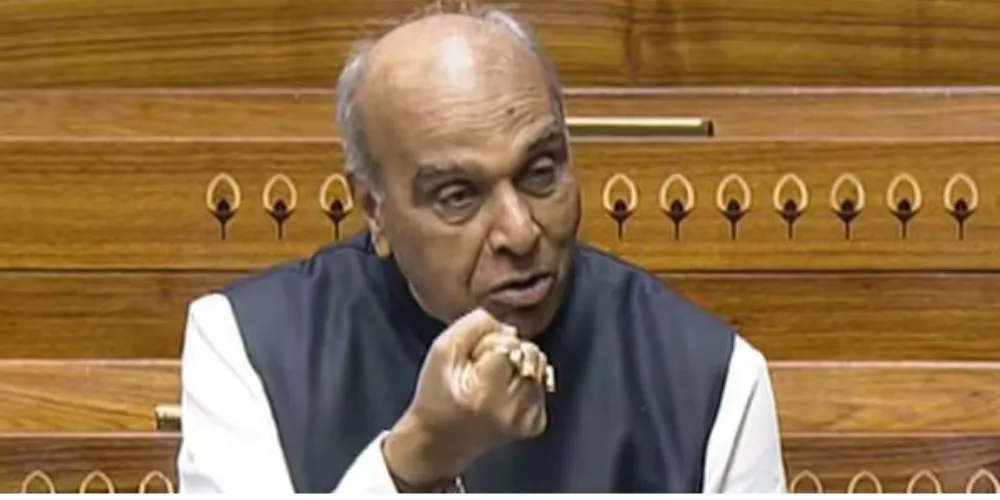Introduction
The demand for implementing the Article 15(5) quota in private educational institutions has once again taken center stage in discussions on affirmative action and social justice. Designed to empower historically marginalized communities, Article 15(5) quota provisions aim to create equitable access to quality education. While government institutions have long adhered to reservation policies, the inclusion of private institutions in this framework has been a matter of intense debate.
Supporters argue that extending the Article 15(5) quota to private educational institutions is essential for creating a level playing field, ensuring that students from Scheduled Castes (SC), Scheduled Tribes (ST), and Other Backward Classes (OBC) have access to top-tier educational opportunities. Critics, however, raise concerns over autonomy, merit-based admissions, and the financial implications for private institutions. As discussions gain momentum, the implications of this move could significantly reshape the landscape of higher education.
The Need for Implementing Article 15(5) Quota in Private Institutions
The Article 15(5) quota was introduced through a constitutional amendment to provide reservations for SC, ST, and OBC students in educational institutions, except minority-run institutions. While public universities and colleges have implemented these policies, private institutions have largely remained outside its ambit. This has led to a situation where marginalized students continue to face barriers in accessing quality education in prestigious private universities.
Advocates argue that many of the country’s premier educational institutions are private, and excluding them from the Article 15(5) quota contradicts the principles of social justice. Given that private universities and colleges now play a dominant role in higher education, ensuring representation for disadvantaged groups is crucial to bridging educational disparities. By bringing private institutions under the Article 15(5) quota, the government can ensure that students from weaker sections receive equal opportunities in both public and private educational spaces.

Challenges in Expanding Article 15(5) Quota to Private Institutions
Despite its potential benefits, extending the Article 15(5) quota to private institutions is not without challenges. One of the primary concerns raised by private educational institutions is the issue of autonomy. Many argue that being compelled to follow reservation policies could limit their ability to design admission criteria and educational programs independently.
Another challenge is financial sustainability. Many private institutions rely on tuition fees as their primary source of revenue, and implementing the Article 15(5) quota could lead to increased financial strain. To address this concern, policymakers must consider strategies such as government funding or scholarships to compensate for any potential revenue losses. Additionally, there is apprehension regarding the impact on merit-based admissions, with critics arguing that compulsory reservations might affect the overall academic standards in private institutions.
Balancing Social Justice and Institutional Autonomy
While the Article 15(5) quota is a crucial step towards inclusivity, striking a balance between social justice and institutional autonomy remains a challenge. A collaborative approach is needed, where private institutions, policymakers, and social justice advocates work together to find a viable solution.
One possible approach is a phased implementation of the Article 15(5) quota, allowing private institutions time to adapt to the new framework. Additionally, government incentives in the form of financial assistance, infrastructure development, or tax benefits can encourage private universities to embrace reservation policies. By addressing concerns related to autonomy and financial viability, it is possible to create an education system that is both inclusive and sustainable.
Impact of Article 15(5) Quota on Higher Education
Expanding the Article 15(5) quota to private institutions could lead to transformative changes in the higher education landscape. Increased diversity in classrooms can foster a more inclusive learning environment, helping students from different backgrounds interact and grow together.
Moreover, such a policy could have long-term socio-economic benefits. Providing students from marginalized communities with access to high-quality education in private institutions can significantly improve their career prospects, reducing income disparities and fostering social mobility. The Article 15(5) quota can serve as a bridge to equal opportunities, ensuring that talent and potential are not restricted by socio-economic disadvantages.
Conclusion
The debate over implementing the Article 15(5) quota in private educational institutions is rooted in the broader struggle for social justice and equitable access to education. While challenges exist, they can be addressed through well-structured policies that protect institutional autonomy while ensuring that historically marginalized communities receive the educational opportunities they deserve.
As discussions continue, it is essential to focus on a balanced approach that considers the interests of all stakeholders. The Article 15(5) quota has the potential to reshape higher education by promoting inclusivity and fairness, reinforcing the vision of an education system that truly serves all sections of society.
For News Update –dailynewfeeds



